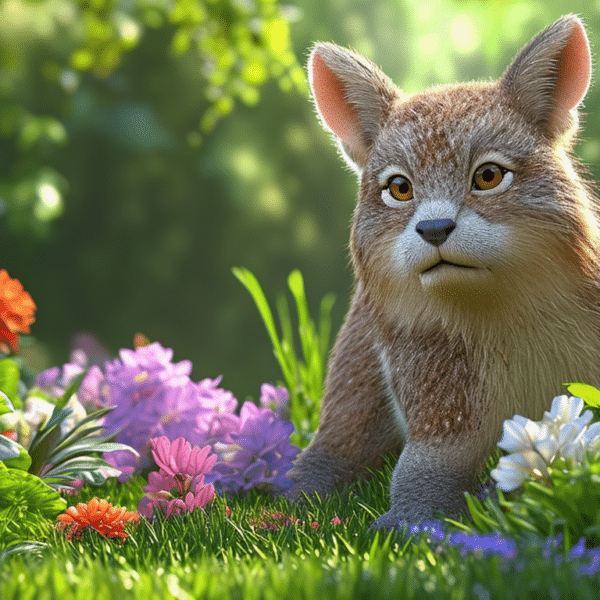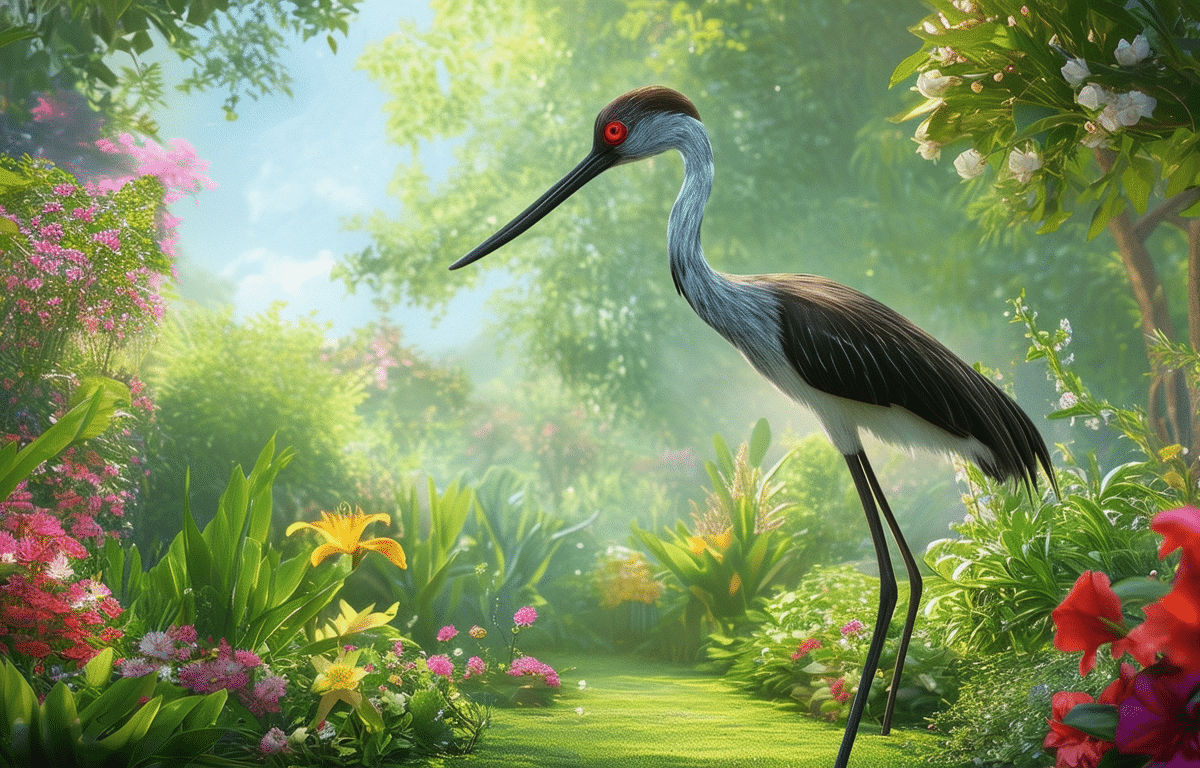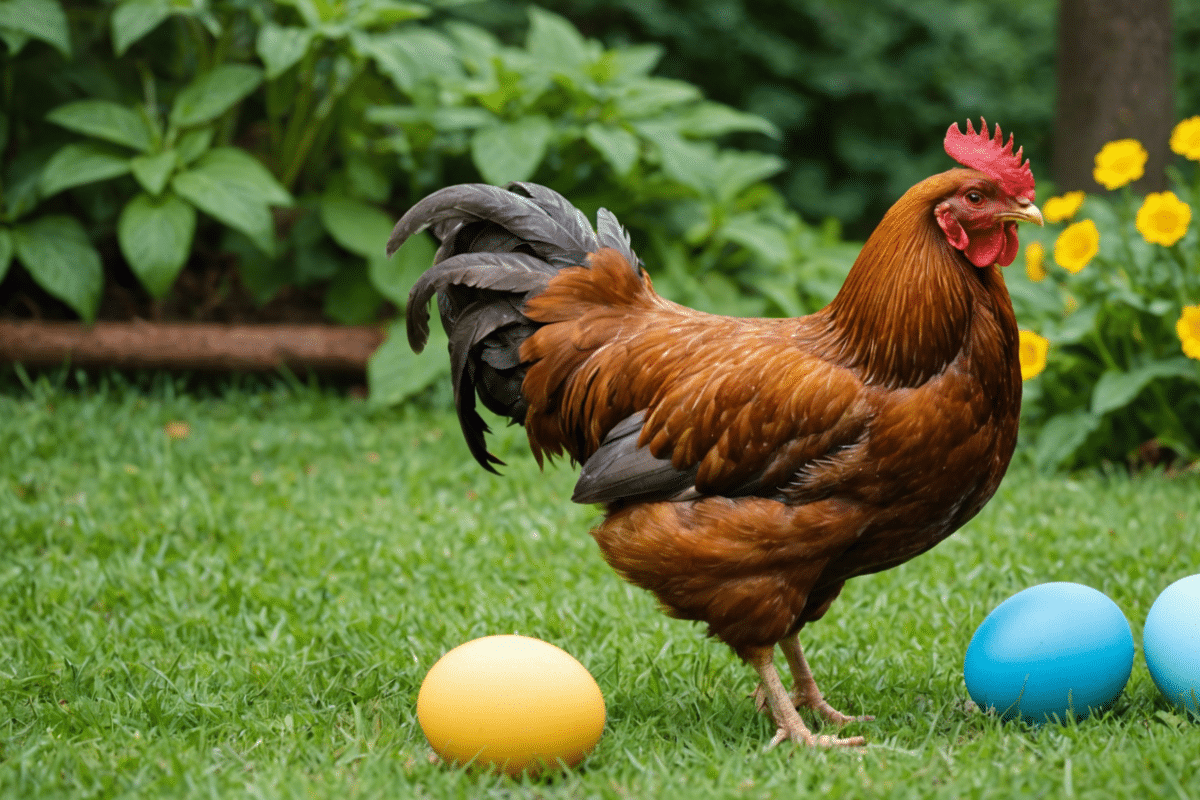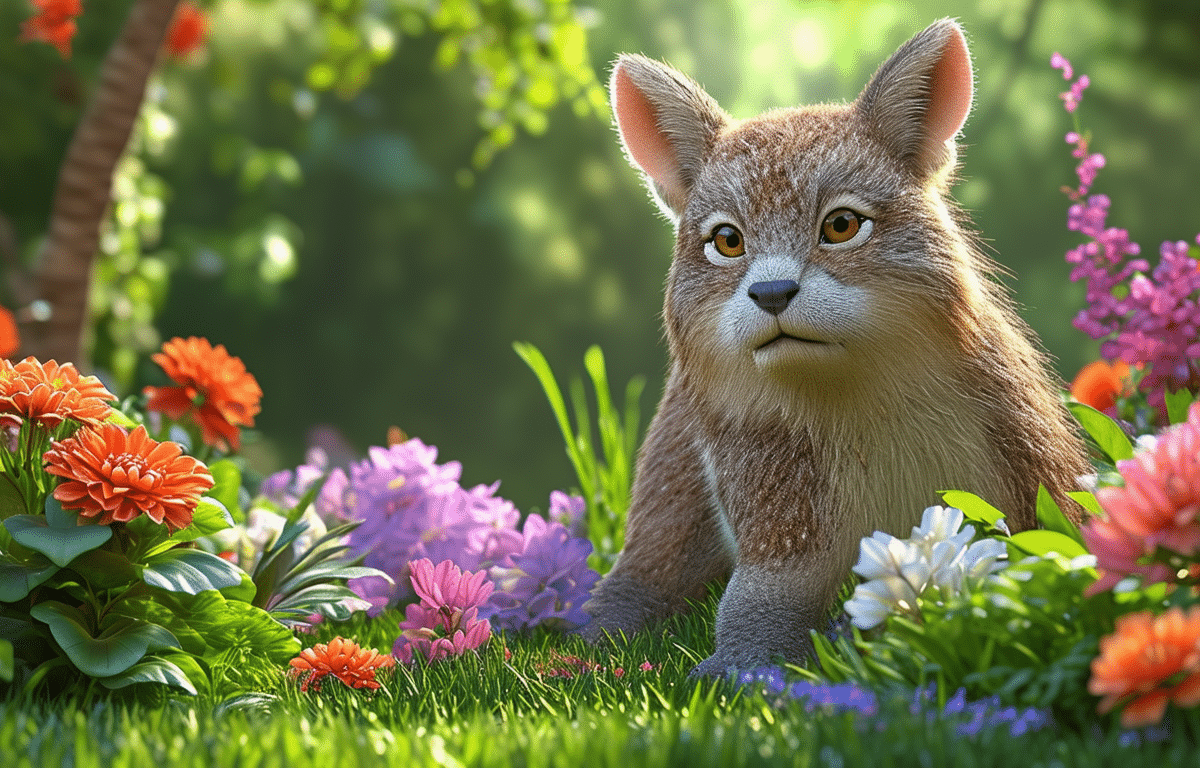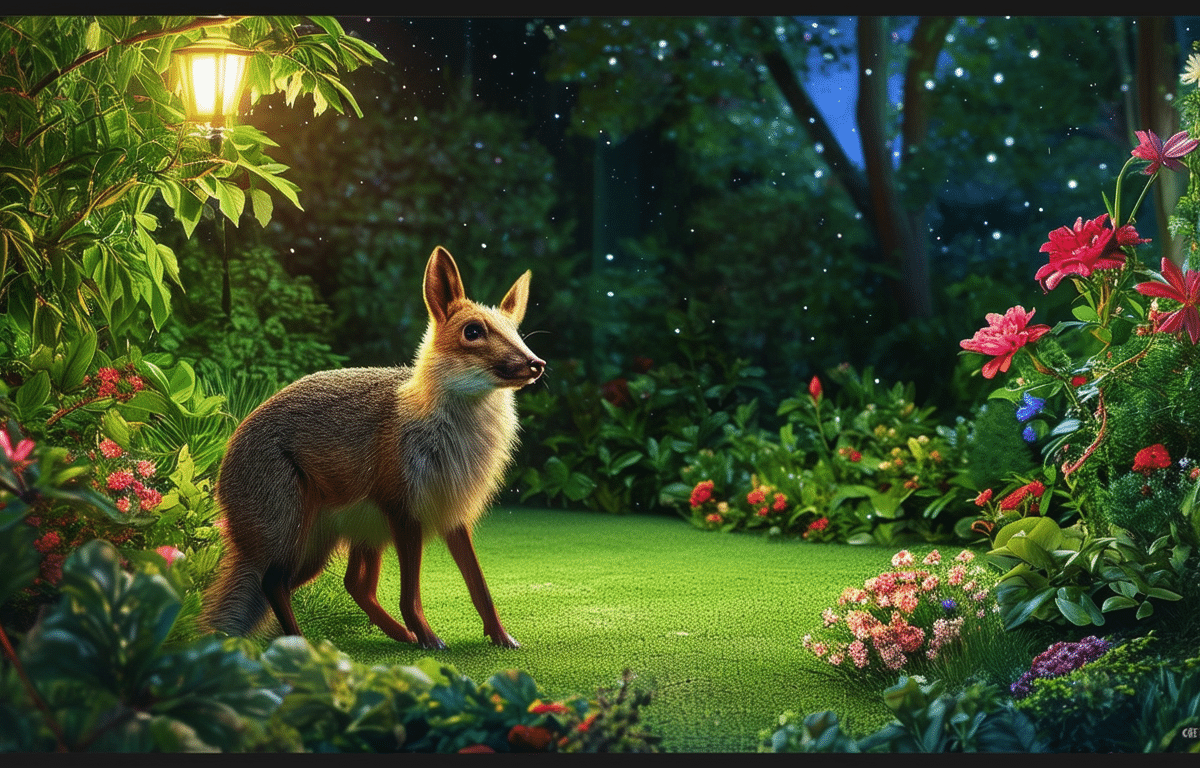Content
- 1 Understanding Local Wildlife Needs
- 2 Designing a Wildlife-Friendly Garden
- 3 Predator Control: Balancing Safety and Ecology
- 4 Humanely Managing Unwanted Visitors
- 5 Supporting Wildlife Beyond the Backyard
- 6 Educational Outreach: Sharing Knowledge with the Community
- 7 Nurturing a Culture of Respect for Nature
Creating a sanctuary for wildlife in one’s own backyard is an enriching endeavor that fosters a deep connection with the natural world. It requires a thoughtful approach to ensure that both humans and animals can coexist peacefully. With the right strategies, it’s possible to enjoy the beauty and diversity of wildlife while minimizing conflicts and supporting local ecosystems.
Understanding Local Wildlife Needs

The first step in living harmoniously with backyard wildlife is understanding the needs of local species. This includes knowledge about their habitat preferences, diet, and behaviors. By researching native species, one can design a garden that provides nourishing food sources, shelter, and breeding grounds. For instance, planting native flowers and shrubs not only adds aesthetic value but also offers essential nourishment for pollinators like Monarch butterflies. Additionally, installing bird feeders and baths can attract a variety of avian friends.
Designing a Wildlife-Friendly Garden
A well-planned garden can be a haven for creatures big and small. Incorporating elements such as rain gardens can help prevent flooding while providing a habitat for amphibians and insects. Selecting plants that thrive in local conditions reduces the need for chemical fertilizers and pesticides, which can harm beneficial insects and other wildlife. Moreover, creating areas with dense vegetation can offer hiding spots for small mammals and birds, protecting them from predators.
Predator Control: Balancing Safety and Ecology
Predators are an integral part of any ecosystem, but when they come too close to human habitats, conflicts can arise. To manage this, non-lethal methods should be employed. For example, securing trash cans and compost bins can deter raccoons and foxes from scavenging for food. Enclosures for small pets and livestock can protect them from becoming prey. It’s also crucial to keep domestic cats indoors or supervised outdoors, as they are known to significantly impact wildlife populations.
Humanely Managing Unwanted Visitors
Occasionally, some wildlife may become unwelcome visitors in the garden. To address this humanely, one can employ various strategies such as using motion-activated sprinklers or ultrasonic devices to discourage animals from entering certain areas. Planting certain herbs and flowers that naturally repel specific animals is another effective method. For instance, marigolds are known to deter rabbits from nibbling on garden vegetables.
Supporting Wildlife Beyond the Backyard
Living in harmony with wildlife extends beyond personal property boundaries. Participating in local conservation efforts and supporting organizations dedicated to wildlife welfare can have a broader impact on preserving biodiversity. Volunteering at sanctuaries or engaging in citizen science projects contributes to the well-being of wildlife on a larger scale. Additionally, advocating for green spaces and wildlife corridors in urban planning helps ensure safe passage for animals navigating through human-dominated landscapes.
Educational Outreach: Sharing Knowledge with the Community
Raising awareness about the importance of coexisting with wildlife is vital for community-wide harmony. Hosting workshops or talks on gardening for wildlife can inspire others to take action. Sharing experiences and photographs of local fauna encourages appreciation and respect for these creatures. Education plays a key role in changing perceptions and promoting practices that benefit both humans and wildlife.
Nurturing a Culture of Respect for Nature
Ultimately, fostering a culture of respect for nature within oneself and one’s community is the foundation of living harmoniously with backyard wildlife. It involves making conscious choices that prioritize ecological health, such as reducing light pollution to observe the wonder of bioluminescence. By embracing these principles, each individual contributes to a more sustainable future where humans and wildlife thrive together.






